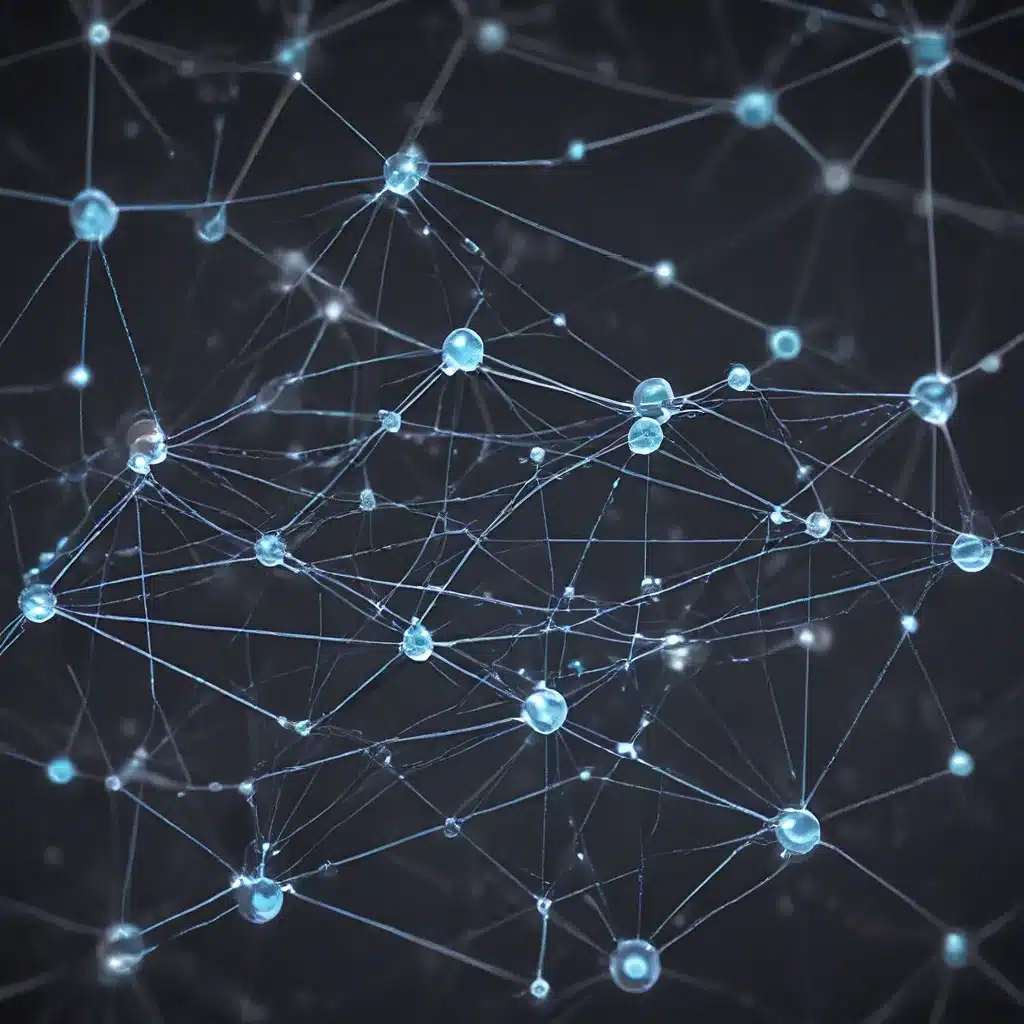
The Evolution of Sensor Network Coordination
Sensor networks have become increasingly ubiquitous, revolutionizing industries and transforming the way we interact with our physical environments. At the heart of these advancements are distributed algorithms, which enable sensor nodes to coordinate their activities, share data, and respond to dynamic conditions without the need for centralized control. This article delves into the latest developments in distributed sensor network algorithms, exploring their applications, security considerations, and the impact on energy management.
The Rise of Distributed Sensor Networks
Sensor networks have evolved from standalone devices to complex, interconnected systems that gather and analyze data from multiple sources. The shift towards distributed architectures has been driven by the need for scalability, resilience, and faster response times. In a distributed sensor network, individual nodes collaborate to accomplish tasks, share information, and adapt to changing conditions, rather than relying on a central authority.
Advances in wireless communication technologies and the proliferation of low-cost, embedded sensors have been instrumental in the widespread adoption of distributed sensor networks. These networks are now deployed across a diverse range of applications, from environmental monitoring and smart cities to industrial automation and healthcare.
Distributed Algorithms for Sensor Coordination
At the core of these distributed sensor networks are sophisticated algorithms that enable seamless coordination among the individual nodes. These algorithms leverage decentralized decision-making, consensus-building, and adaptive behavior to ensure efficient data gathering, processing, and exchange.
One prominent example is consensus-based algorithms, which allow sensor nodes to reach agreement on shared data or actions, even in the presence of faulty or unreliable nodes. These algorithms are particularly valuable in critical applications where reliability and fault tolerance are paramount.
Another key advancement is the use of bio-inspired algorithms, which draw inspiration from natural phenomena, such as ant colony optimization and flocking behavior. These algorithms enable sensor nodes to self-organize, adapt to changing conditions, and optimize their collective behavior without centralized control.
Sensor Network Applications and Impacts
The advancements in distributed sensor network algorithms have unlocked a wide range of applications that leverage the power of coordinated, intelligent sensing.
Environmental Monitoring: Sensor networks are being used to track environmental conditions, such as air quality, water levels, and wildlife population. Distributed algorithms enable these networks to autonomously adjust their monitoring efforts and respond to changes in the environment.
Smart Cities: Urban sensor networks are transforming the way cities manage traffic, energy consumption, and public services. Distributed algorithms allow these networks to optimize resource allocation, predict demand, and respond to real-time events.
Industrial Automation: In the manufacturing and industrial sectors, sensor networks are used to monitor equipment performance, detect anomalies, and optimize production processes. Distributed algorithms enable rapid decision-making and adaptive control at the edge, reducing the need for centralized management.
Healthcare: Wearable and implantable sensors are revolutionizing patient monitoring and disease management. Distributed algorithms enable these sensors to collaborate, share data, and provide personalized, real-time insights to healthcare providers.
Security and Energy Management Considerations
As sensor networks become more pervasive, security and energy management emerge as critical challenges that must be addressed.
Security Challenges: The distributed nature of sensor networks introduces new vulnerabilities, such as node compromise, data tampering, and denial-of-service attacks. Distributed algorithms must incorporate robust security measures, including encryption, node authentication, and intrusion detection, to ensure the integrity and confidentiality of the data.
Energy Management: Sensor nodes are often battery-powered and operate in resource-constrained environments, making energy efficiency a paramount concern. Distributed algorithms play a crucial role in optimizing energy consumption, load balancing, and power management across the network, extending the operational lifetime of sensor deployments.
The Future of Sensor Network Coordination
As the demand for intelligent, interconnected sensing systems continues to grow, the advancements in distributed sensor network algorithms will shape the future of this rapidly evolving field. Researchers and developers are exploring new frontiers, such as machine learning-based coordination, edge computing, and blockchain-enabled security.
These innovations will enhance the autonomy, resilience, and scalability of sensor networks, empowering them to tackle increasingly complex challenges and transform the way we interact with our physical world. As the sensor network ecosystem continues to evolve, the impact of distributed algorithms will be felt across diverse industries and applications, driving the next wave of technological progress.